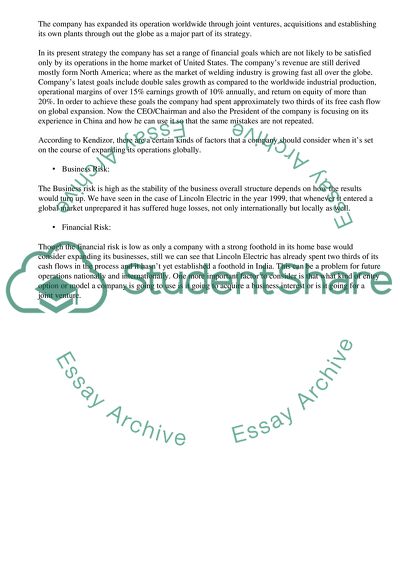Cite this document
(“The case study 1-1 lincon Electric Essay Example | Topics and Well Written Essays - 3000 words”, n.d.)
Retrieved from https://studentshare.org/business/1394130-the-case-study
Retrieved from https://studentshare.org/business/1394130-the-case-study
(The Case Study 1-1 Lincon Electric Essay Example | Topics and Well Written Essays - 3000 Words)
https://studentshare.org/business/1394130-the-case-study.
https://studentshare.org/business/1394130-the-case-study.
“The Case Study 1-1 Lincon Electric Essay Example | Topics and Well Written Essays - 3000 Words”, n.d. https://studentshare.org/business/1394130-the-case-study.


